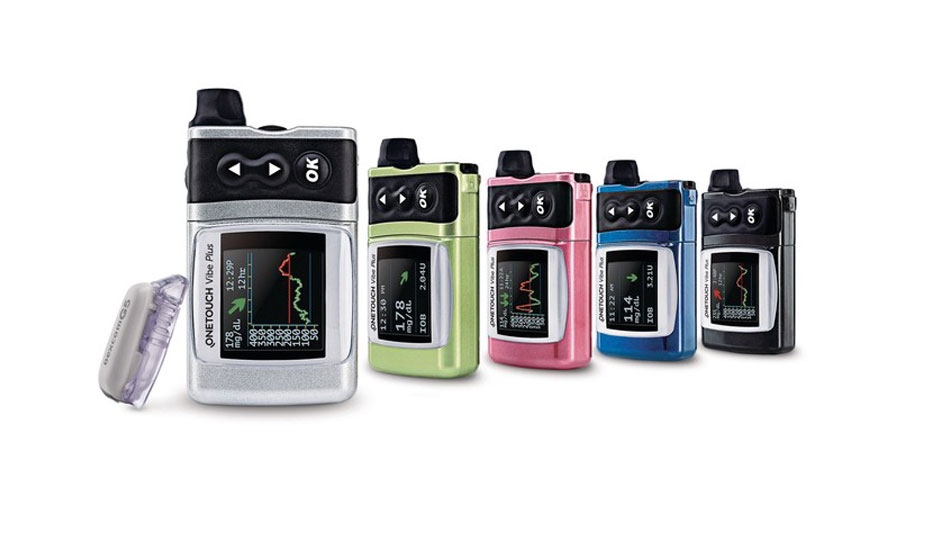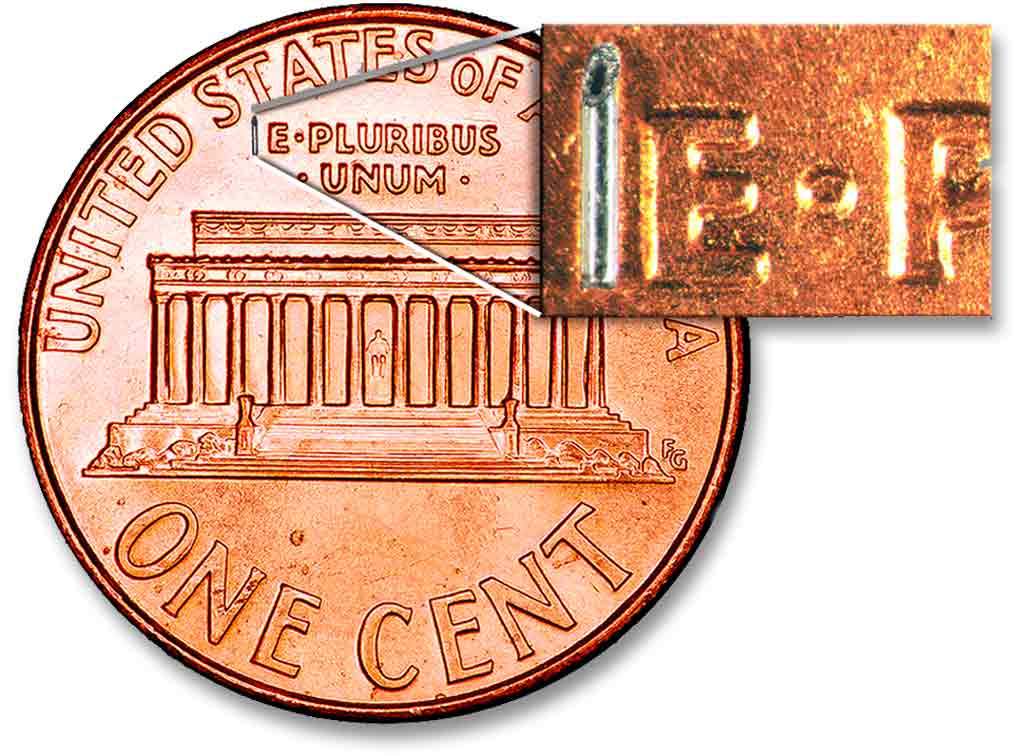FDA Approves Animas OneTouch Vibe Plus

If the past year is any indication, diabetes tech geeks might have to work hard in 2017 to keep up with the latest models of pumps and CGMs on the marketplace. A good illustration of this rapid change can be seen with what occurred with the Animas OneTouch Vibe system in the past year.
First, in January 2016, Johnson & Johnson announced it had received approval for expanded use of the the Animas OneTouch Vibe, an insulin pump system integrated with technology of the Dexcom G4 Platinum CGM. The new FDA designation allowed children as young as 2 to use the system. A major selling point of the pump system was that it used Dexcom technology to allow users to monitor glucose levels right on the pump interface, as well as on smartphones.
Read “Insulin Pump Helps Woman Escape Kidnapping.”
In late December 2016, Johnson & Johnson announced it had gained FDA approval for the (read carefully) Animas OneTouch Vibe Plus. What’s the major difference between the two systems? This insulin pump system is integrated with the Dexcom G5 CGM technology.
Got that? The Vibe used the G4, and the Vibe Plus uses the G5.
Dexcom had a similar kind of regulatory year in 2015, when it announced FDA approval for the G4 in January, and approval for the G5 in August of that year. As Diabetes Mine reported at the time of the G5 approval, the swiftness of FDA approval caught even Dexcom execs off-guard.
Read “The Pros and Cons of Pump Therapy.”
There are, of course, a lot of similarities between the Vibe and the Vibe Plus, which was also approved by Health Canada. Both have the selling point of being approved for use by children ages 2 and up, and both allow the ability to monitor glucose readings on the pump and on smartphone devices. The biggest difference is that Vibe Plus users don’t have to carry a separate receiver for the CGM end of the technology.
The Vibe Plus approval news allowed Johnson & Johnson to close out the year on a good news cycle. Earlier in the year, the company warned customers th at the OneTouch Ping was theoretically vulnerable to hacking, according to a Reuters report. A security firm had determined that a hacker standing within 25 feet of a pump user could trick the pump system into giving an insulin dose if the Ping was in a wireless setting. While such a risk was extremely low, it represented the first time that a medical device company warned customers of hacking risk. There have been no reports of similar concerns with the Vibe pump systems.
A commercial release date for the Vibe Plus has not yet been set.
1/19/2017 – This story was corrected. A previous version incorrectly stated that the Animas OneTouch Vibe received FDA approval in 2016, when it had first been approved in 2014. We thank Mike Hoskins of Diabetes Mine for alerting us to the error, and fully acknowledge that Diabetes Mine eats Insulin Nation’s low-carb lunch when it comes to diabetes tech news.
Thanks for reading this Insulin Nation article. Want more Type 1 news? Subscribe here.
Have Type 2 diabetes or know someone who does? Try Type 2 Nation, our sister publication.







